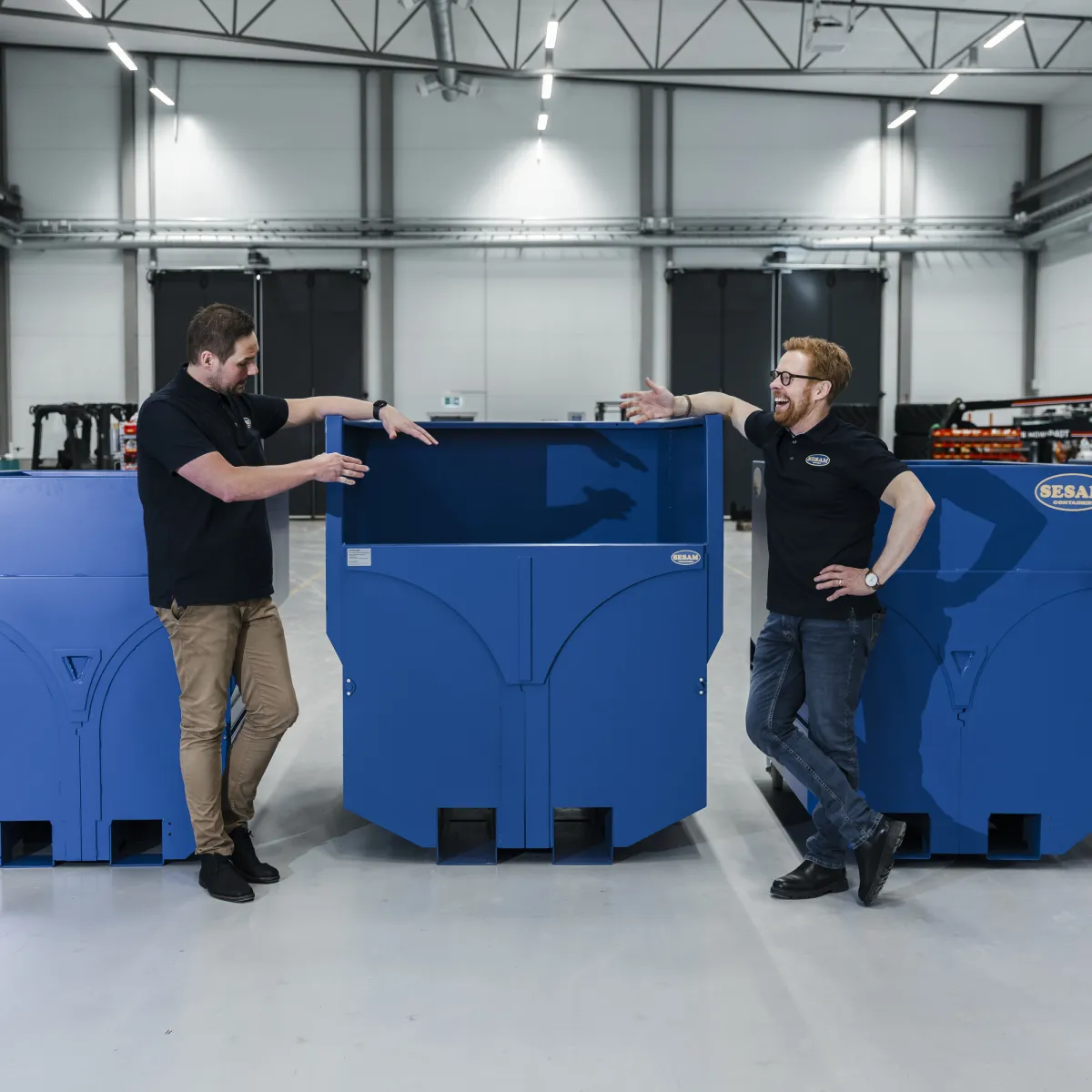What Is a Bottom Emptying Container and How Does It Work?
What Is a Bottom Emptying Container and How Does It Work?
Blog Article
In regards to bottom-emptying containers, longevity is just a important factor. These bins must withstand recurring use, various environmental conditions, and regular handling. This makes substance selection a high priority. To make sure that bottom emptying container (bottentömmande container) provide extended support life and maintain their effectiveness, producers count on particular components engineered for power, weight, and reliability.
Under, we spotlight the most effective resources that assure durability and efficiency for bottom-emptying containers.
1. High-Density Polyethylene (HDPE)
High-Density Polyethylene, or HDPE, is one of the most typically used products for resilient containers. Known for its influence resistance and flexibility, HDPE can handle equally large masses and rough handling. This material is specially suited to tough industrial use and outside surroundings as a result of their opposition to UV rays and chemicals. Furthermore, HDPE is light, which makes it simpler to move and manage without reducing on strength.

Why Choose HDPE?
Excellent opposition to weather and compounds
Light but solid
Green, because it is recyclable
2. Stainless Steel
For industries requesting heavy-duty durability or sanitary problems, stainless steel is a great material. It is sturdy, very immune to deterioration, and capable of withstanding extreme heat fluctuations. Moreover, metal assures longevity, making it a cost-effective choice in the extended run. Its clean area also simplifies preservation and washing, which is important for applications in food handling or healthcare industries.
Key Benefits of Stainless Steel
Excellent energy and durability
Rust-proof and perfect for long-term use
Easy to clean and keep
3. Fiberglass-Reinforced Plastic (FRP)
Fiberglass-Reinforced Plastic (FRP) is really a high-performance product mixing the effectiveness of fiberglass with the cost-effectiveness of plastic. FRP excels in highly harsh and chemical-heavy conditions, which makes it an excellent choice for containers utilized in chemical manufacturing or storage. Additionally, FRP containers are lightweight, making them easier to maneuver in comparison to material equivalents.
Advantages of FRP
Corrosion-resistant in challenging conditions
Light and simple to handle
Can be tailored for particular programs
4. Aluminum
When a stability between power and lightweight design is required, aluminum sticks out as a premier option. It is very favored for applications that want freedom because of its reduced weight. Aluminum is corrosion-resistant, which makes it ideal for outdoor situations or places exposed to moisture.

Highlights of Aluminum
Exceptional lightweight-to-strength rate
Corrosion-resistant for outdoor use
Sustainable as it is recyclable
Choosing the Right Material for Your Needs
The choice of substance for bottom-emptying containers depends upon the specific program, environmental problems, and needed load capacity. HDPE is fantastic for cost-effective flexibility, while stainless steel offers unparalleled strength for sanitary environments. FRP and aluminum, on one other hand, cater to industries seeking light or highly corrosion-resistant options.
By selecting the appropriate substance, you are able to guarantee your containers present lasting efficiency, stay functional as time passes, and match unique detailed needs. Report this page